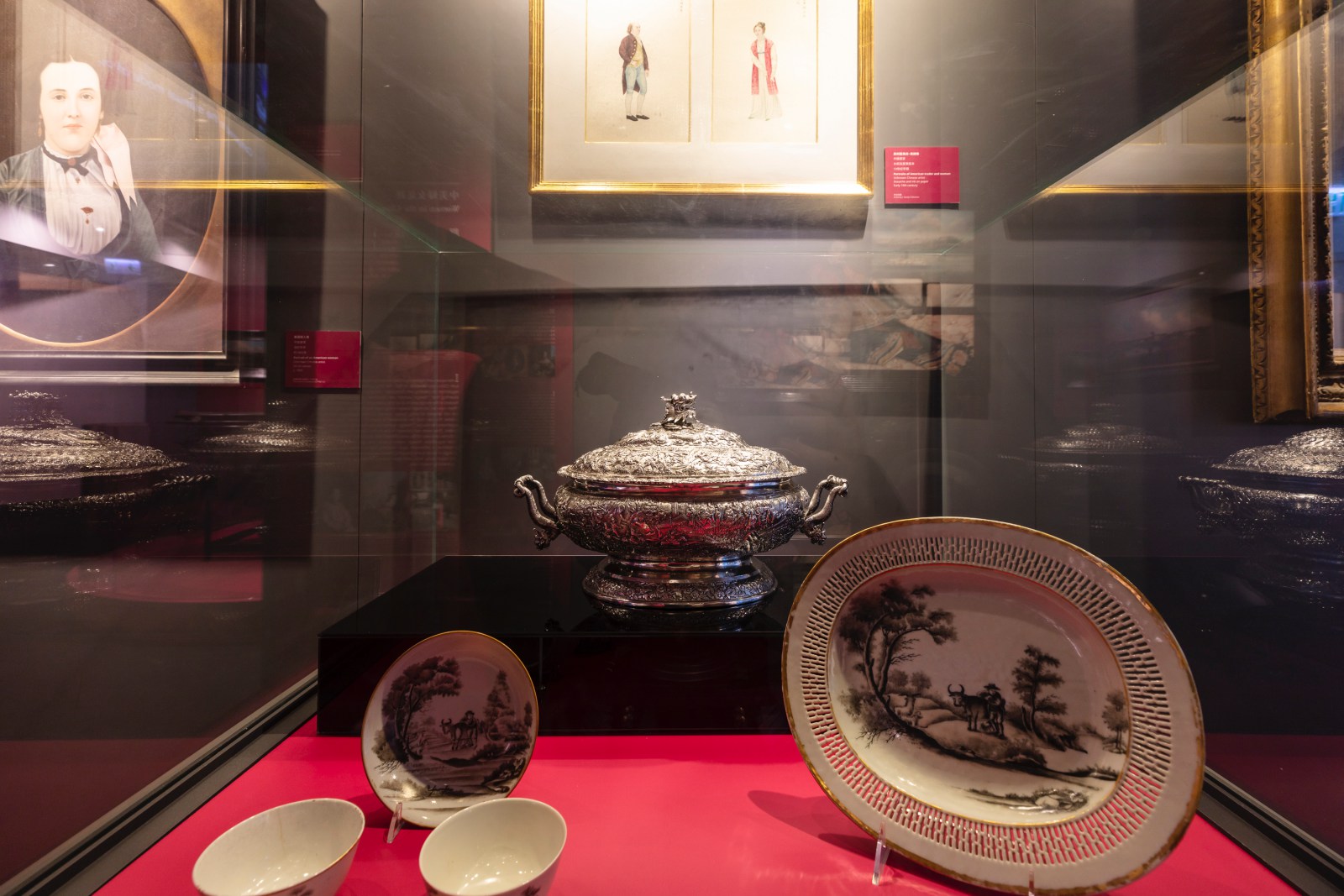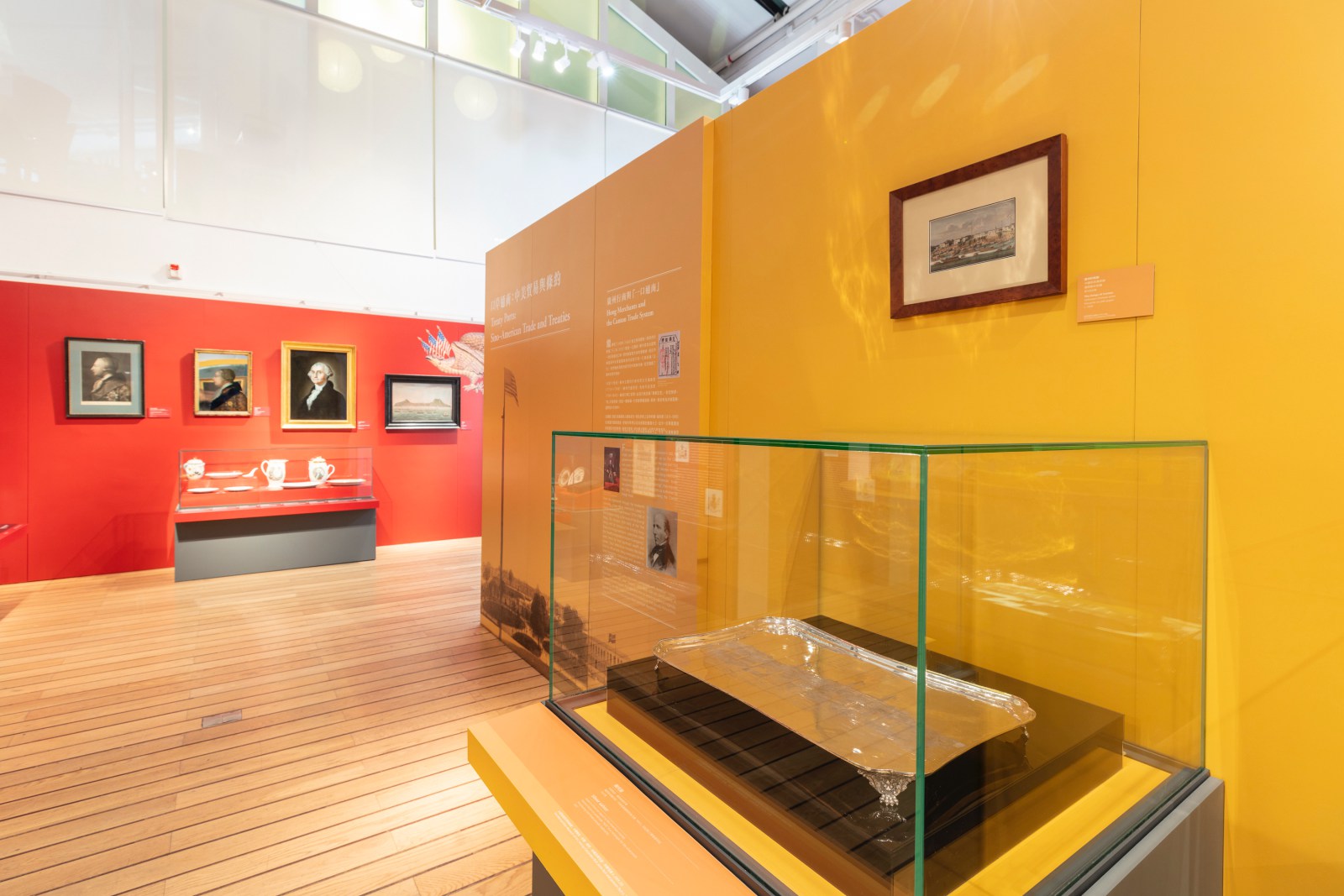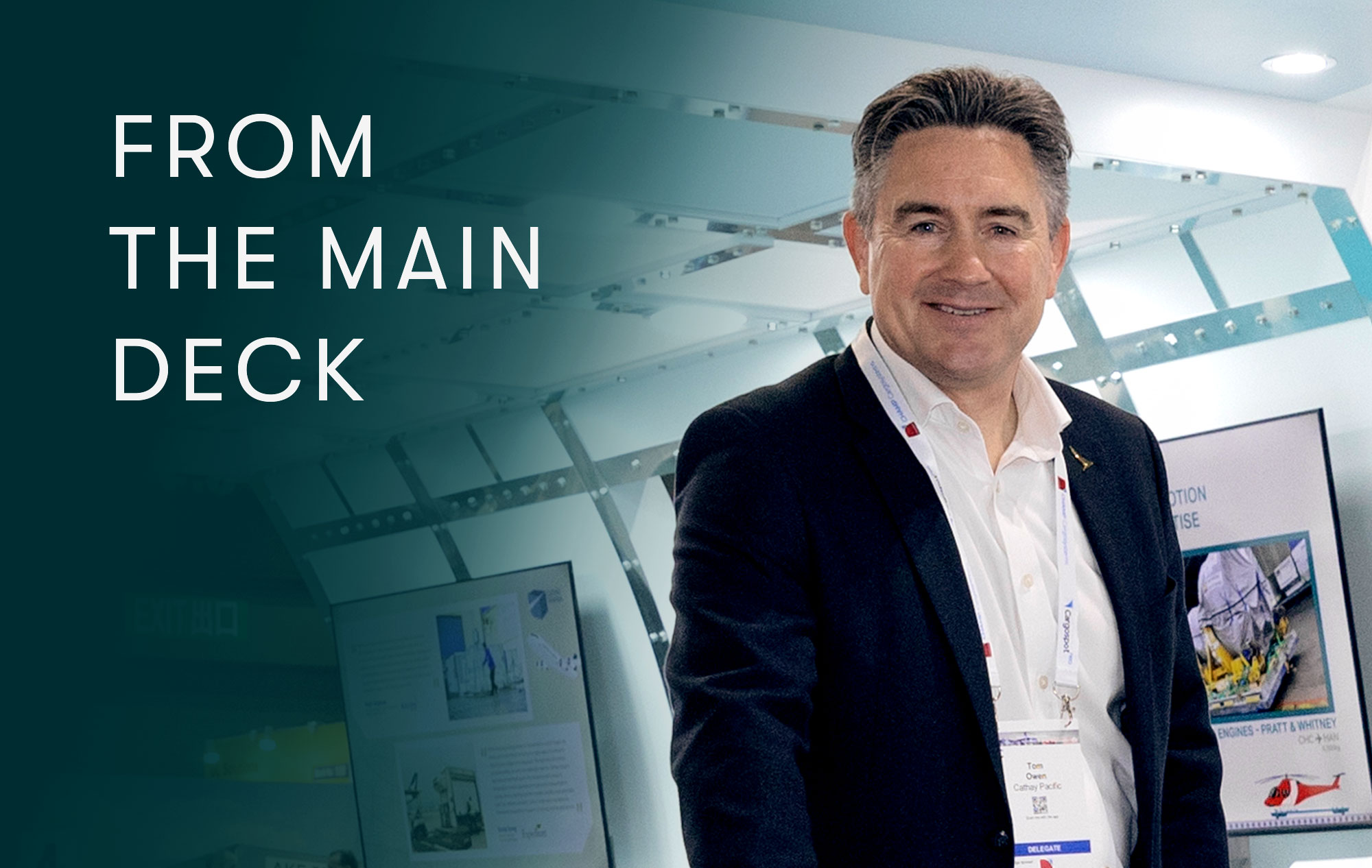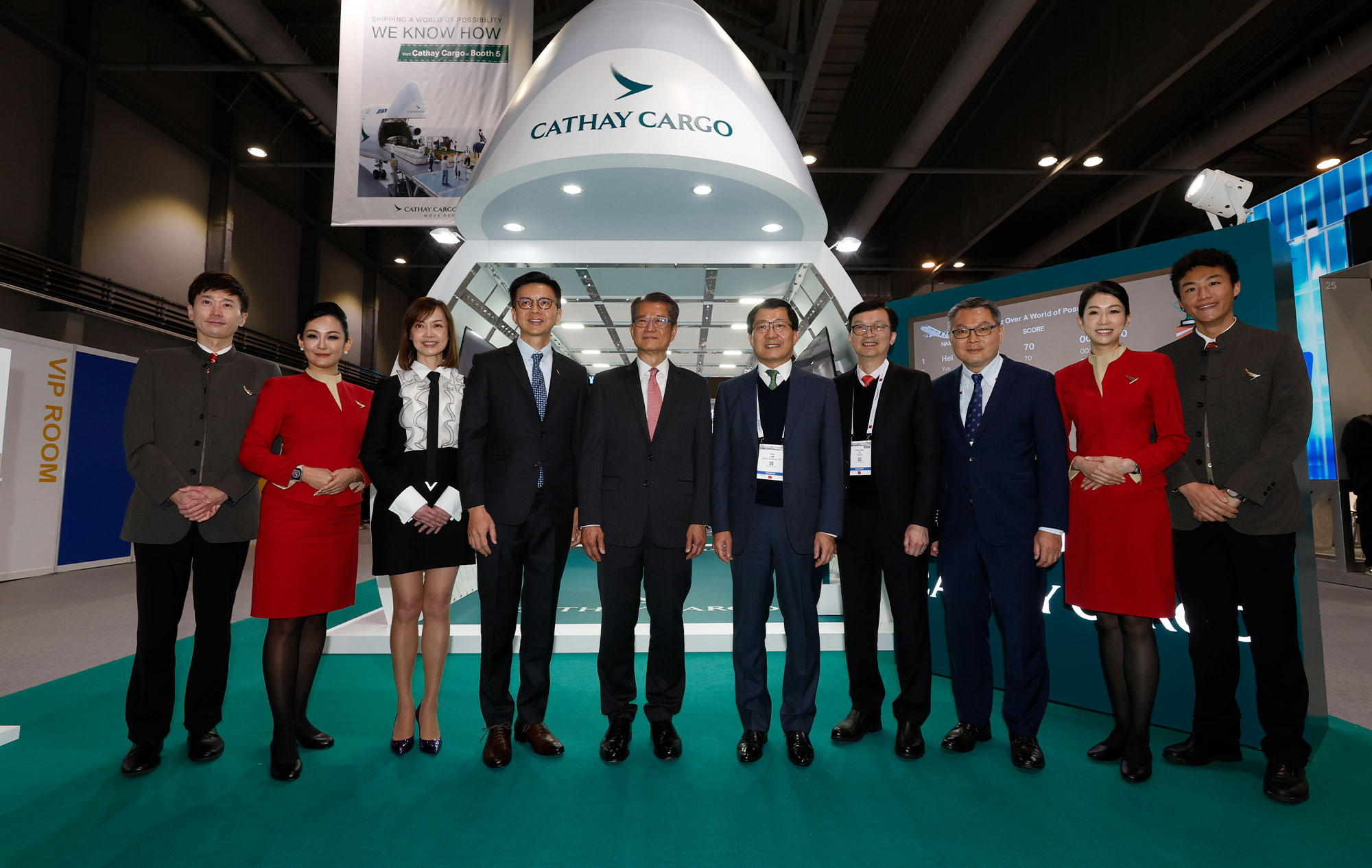Items from George Washington’s dinner service were part of the collection of museum artefacts that travelled from the US to Hong Kong with Cathay Pacific Cargo recently – under the constant attention of an artwork courier.
The collection of valuable trade goods, export artefacts and nautical instruments will appear in an exhibition on Sino-American trade from 1784 to 1900 at the Hong Kong Maritime Museum, The Dragon and the Eagle: American Traders in China. Cathay Pacific is title sponsor of the exhibition and many of the pieces in the exhibition were flown from the US to Hong Kong by Cathay Pacific Cargo using its Secure LIFT product.
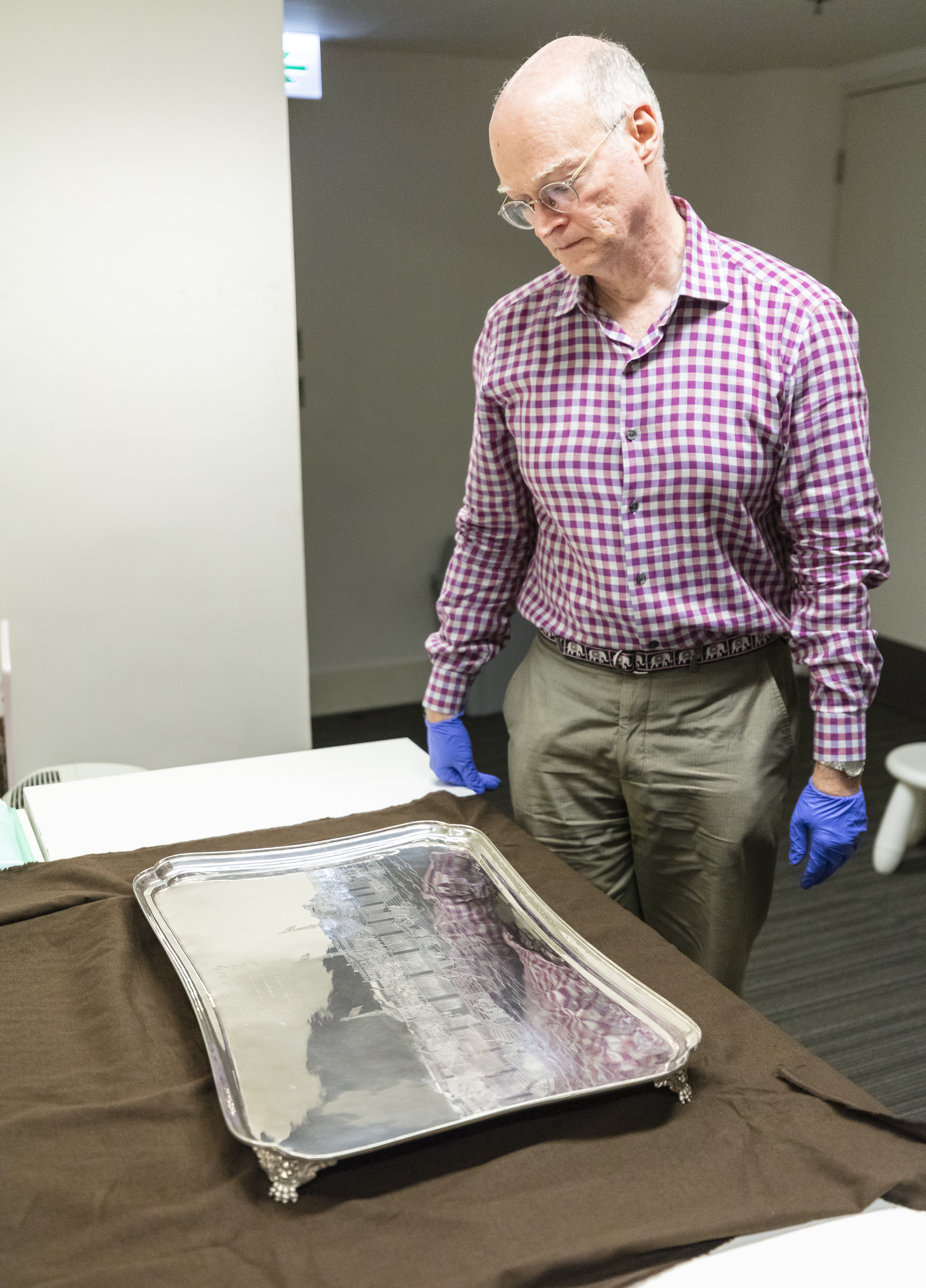
The items are on loan to the maritime museum from collections in China and the US, including the Metropolitan Museum of Art in New York, the Philadelphia Museum of Art, and Harvard Business School.
They travelled in meticulously packed crates under the watchful eye of museum couriers. Cargo Clan spoke to David Barquist, Curator of Decorative Arts at the Philadelphia Museum of Art, to find out more about the process of flying valuable artworks.
What pieces have you brought over?
I escorted six crates from my museum – Philadelphia Museum of Art – as well as three from the Metropolitan Museum of Art in New York. My six crates were porcelain items, and the shipments from the Met were silver pieces, one of which we’re unpacking now.

We have to wear gloves because the salts and oils from skin could tarnish the silver and the gold inside this tureen is there to protect the inside. Salts and oils from your hands are one thing, soup quite another. Gold is the noble metal and protects the silver and it looks attractive too.
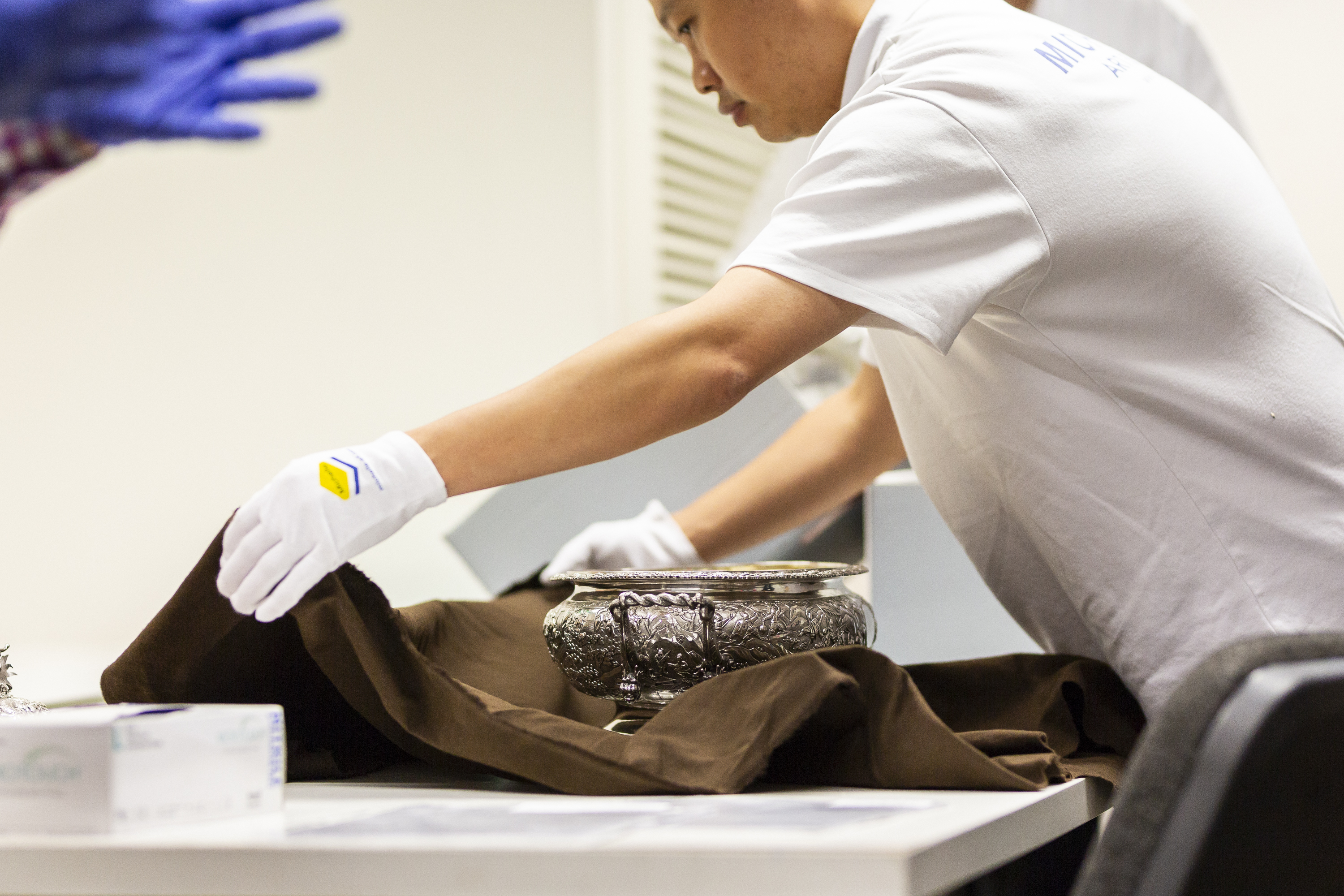
The items are brilliantly packed. Do you or the forwarder do that?
The lining of the packing cases is custom-built for each piece. One of the luxuries of working in a big museum is that we have our own packing department.

Tell us about the courier process
We prepare condition reports for objects before we depart. The museum’s conservator and I note down any marks or imperfections that exist so that when we unpack the pieces we know that these were pre-existing. With all the Philadelphia loans, there was no change in the condition and that’s one of the important reasons for having a courier, so that the same person can recheck the pieces when the loans arrive at their destination.
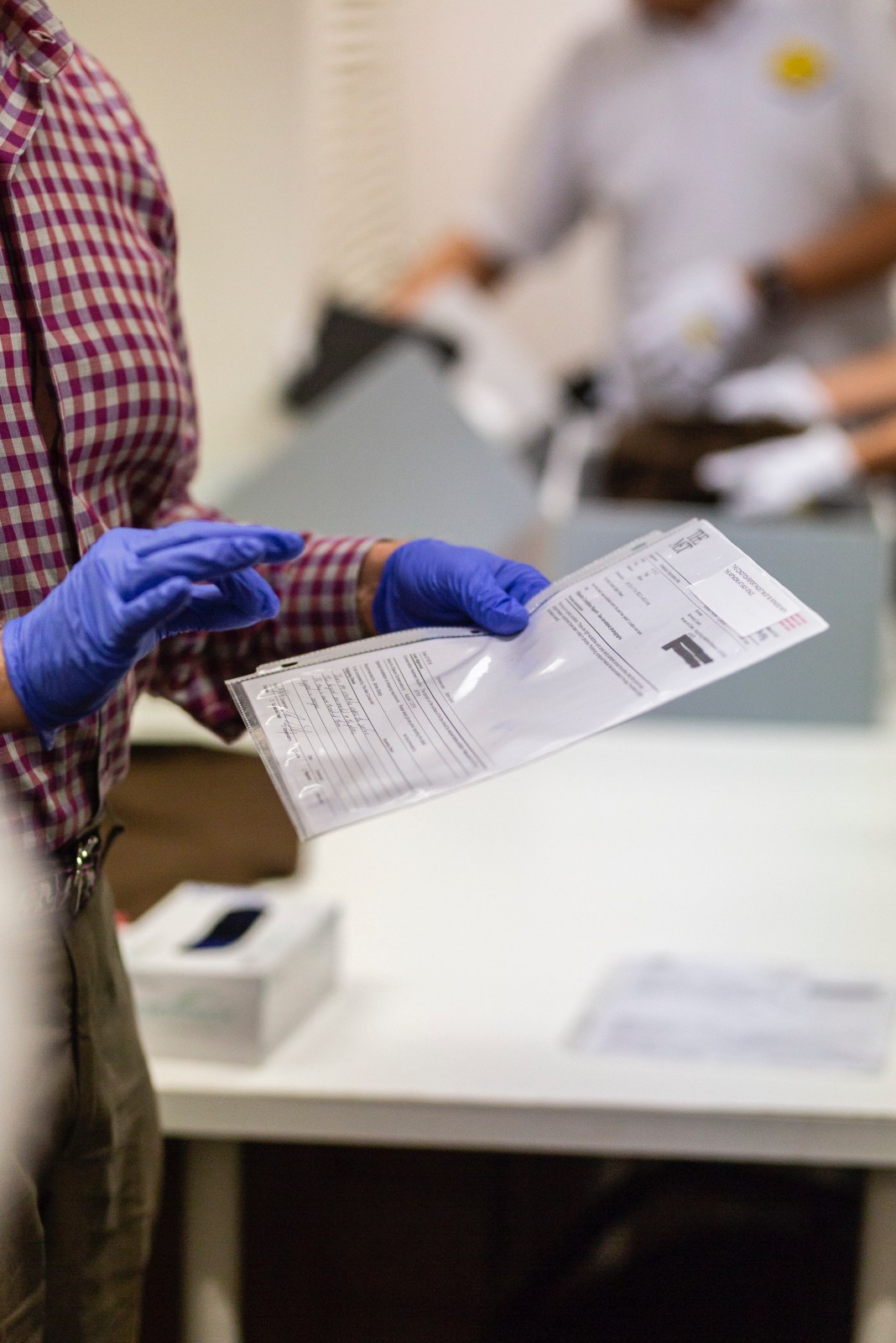
What happens if there is damage?
With old objects, things can happen when they travel. What happens next depends on the object. Take Renaissance panel paintings for example: a conservator from the museum will travel with them, so they can remedy an issue on the spot.
Tell me about your journey from Philadelphia
I rode up to New York with our crates on a truck from Philadelphia. We were met by the Metropolitan Museum staff with their crates, and we watched everything being palletised in the cargo area at JFK airport. I made sure it was all secured to the pallet and wrapped in plastic.
At that point and because of airport security post-9/11, I couldn’t stay with the pallet, but the Masterpiece International agents had the necessary security clearance and stayed with the shipment until it was loaded on to the aircraft. They confirmed the location of the shipment in the hold before I boarded the plane – what you don’t want as a courier is to get on and go if the shipment isn’t on board.
After landing, I went around to the cargo terminal to make sure everything was okay. Michelle Arts handled our shipment on arrival in Hong Kong and I rode in the truck with them to the Maritime Museum. There were three trucks in all as we met up with yet more crates at the cargo terminal and three other couriers.
Do you stay with the shipment once it’s in storage at the museum?
No – we trust our collegial partners! Once we see it is safely in storage in the museum it’s fine. But depending on when the flight gets in, we might have to go with the crates to the agent’s warehouse.
What’s the one thing you don’t want to happen?
The one thing you do not want on a courier trip is a surprise. You want to know what’s happening and when all the time. This trip went very smoothly. The Cathay Pacific Cargo Terminal is awesome! I just wish all cargo warehouses were like that.
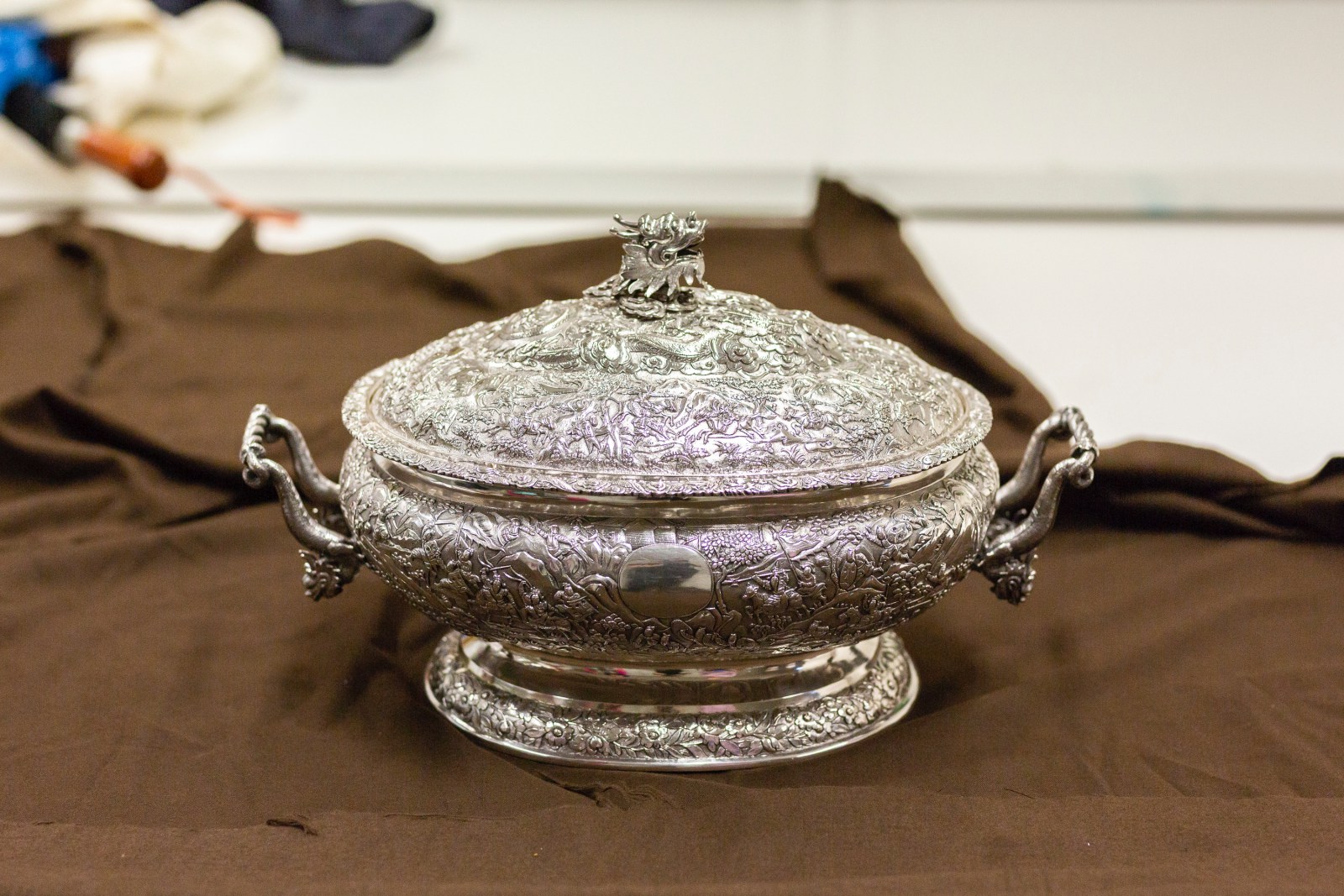
Please click here for more information about Secure LIFT
‘The Dragon and The Eagle: American Traders in China, a Century of Trade from 1784 to 1900, harks back to the days when the first American trading ship, Empress of China, sailed on George Washington’s birthday on 22 February 1784 to Canton. The exhibition is open and runs until 14 April, 2019 at the Hong Kong Maritime Museum.
The items being unpacked from the Metropolitan Museum of Art:
A gilt silver soup tureen and cover made in China for export to the American market (1865) by silversmith Hoaching;
A silver salver by Khecheong (1847)




